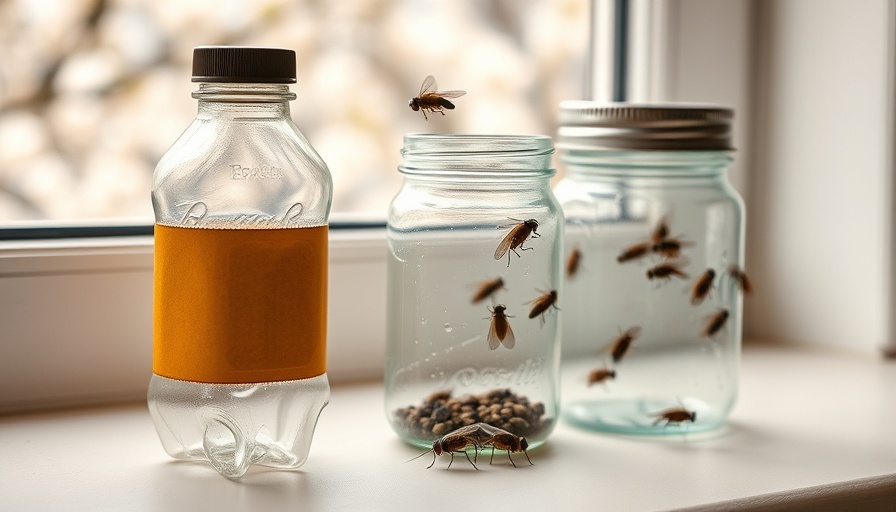
Conquering Fly Issues at Home: Simple Solutions for a Common Problem
Houseflies and fruit flies can quickly turn a pleasant day into a nuisance. Whether it’s those buzzing creatures hovering around your summer barbecue or pesky fruit flies invading your kitchen, these unwanted guests can be not only annoying but also a source of health concerns. Thankfully, there's no need for commercial pesticides or expensive traps when you can craft effective homemade solutions in mere minutes.
Understanding the Attraction: Why Flies Love Your Home
The primary reason flies swarm around your home stems from their attraction to food sources, particularly sweet and fermenting odors. Leftover food, overripe fruits, and open garbage can easily draw these insects in. Understanding why flies congregate in certain areas is the first step in tackling the problem. Knowing which scents attract them allows you to use those same scents to your advantage when creating traps.
Four Easy Homemade Fly Traps You Can Make Today
In a recent experiment, I tried out four straightforward designs for homemade fly traps that are not only effective but can all be completed with items commonly found at home. This process took less than five minutes each and proved to be beneficial in significantly reducing the fly population in my kitchen.
Mason Jar Trap
The mason jar method is exceptionally simple. By filling a jar with apple cider vinegar mixed with a few drops of dish soap, you create a bait irresistible to flies. The smell of the vinegar mimics fermenting fruit, luring the flies into the jar. After puncturing small holes in the lid, the flies can enter but struggle to escape. Place this trap alongside your fruit bowl or near houseplants.
Soda Bottle Trap
Another effective method involves repurposing an empty soda bottle. Cut it in half to create a funnel-like structure, and fill the bottom half with your choice of bait. Position the top half upside down inside the bottom half, making it easy for flies to enter but difficult for them to exit. This trap is simple to set up and works on the same principle as the mason jar, ensuring a high catch rate.
Plastic Wrap Trap
For a simpler approach, a plastic wrap trap can work wonders. Cover a bowl containing bait with plastic wrap and poke several small holes in it. Flies will be able to get in, but they won’t be able to find their way out. This method is aesthetically pleasing as well, making it less intrusive to your home décor.
Paper Cone Trap
Lastly, the paper cone trap involves creating a cone shape from a piece of paper and positioning it over a jar filled with bait, such as honey or sugar water. The wide opening allows for easy access, while the narrow end directs flies toward the bait, preventing their escape. This trap cleverly combines the principles of the mason jar and soda bottle traps, offering a fun DIY project.
Deciding What Bait Works Best for Your Traps
When crafting your fly traps, you might wonder what bait to use. Apple cider vinegar is highly effective, but not the only option. Overripe fruits, honey, or sugar water can also act as powerful lures. Experimenting with different baits can enhance each trap's effectiveness; the goal is for the bait to smell strong enough to draw the flies in.
Maintaining Your Traps for Maximum Efficacy
It's essential to check your traps regularly. Dispose of any dead flies and refresh the bait as needed to maintain effectiveness. These small, proactive steps will ensure your homemade fly traps keep your space inviting and pest-free throughout the warmer months.
Concluding Thoughts: Take Charge of Your Home Environment
By implementing these straightforward homemade fly traps, you not only keep your environment clean but also responsibly manage pests without resorting to harmful chemicals. As we become more environmentally aware, turning to DIY solutions can reflect our commitment to a healthier, cleaner home.
Try out these methods and reclaim your space from pesky flies!
 Add Row
Add Row  Add
Add 




Write A Comment